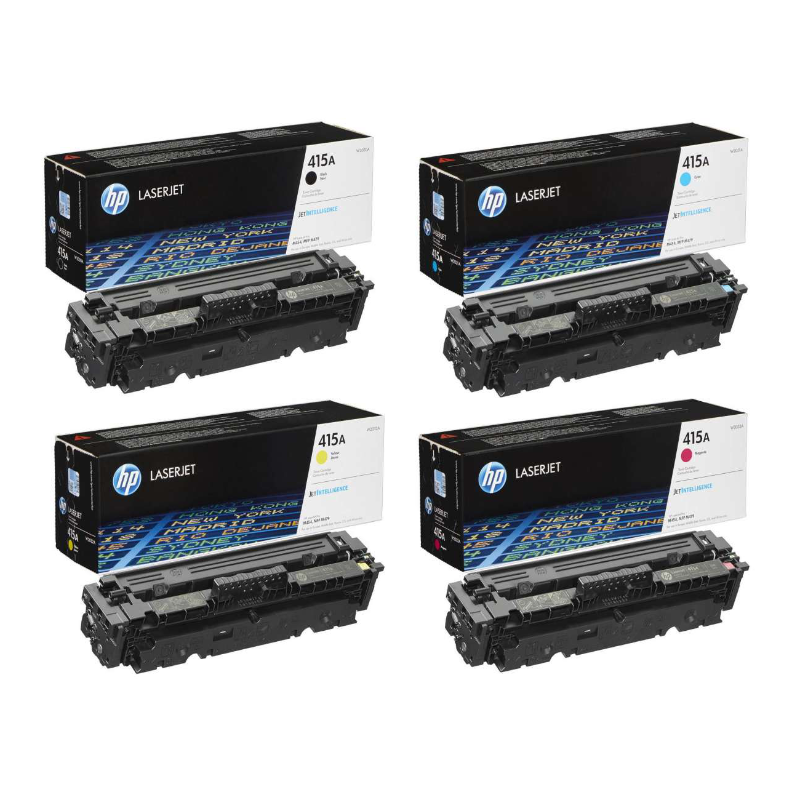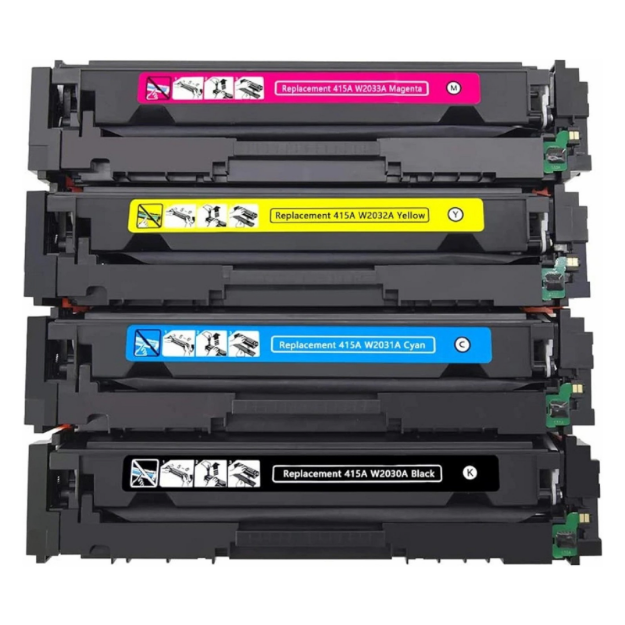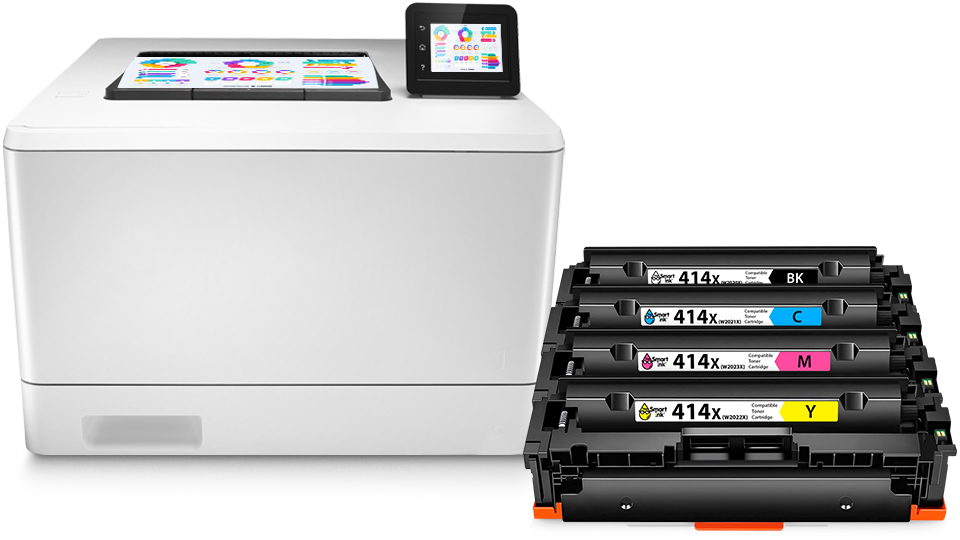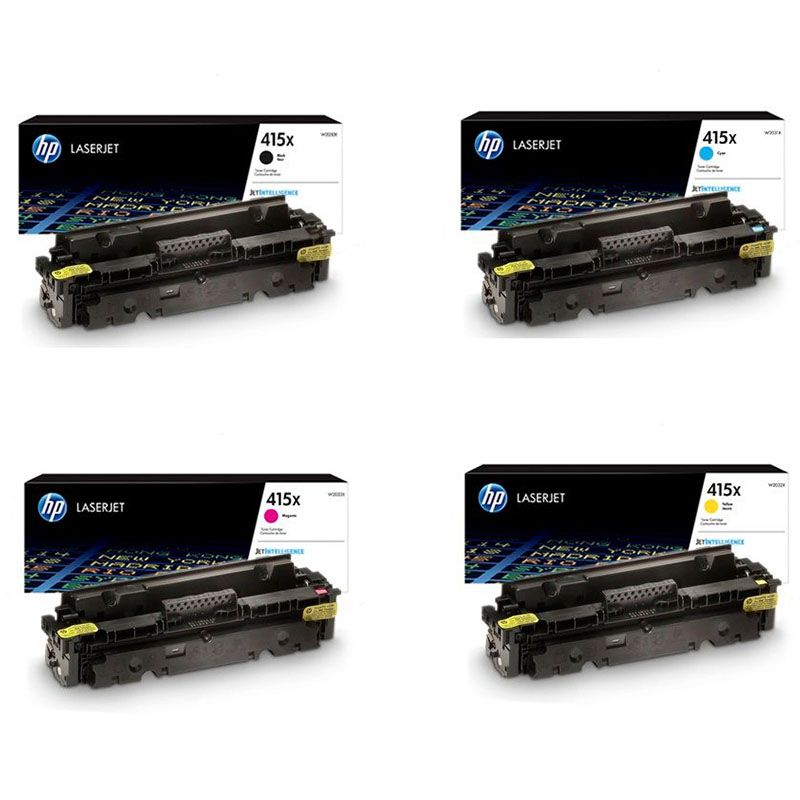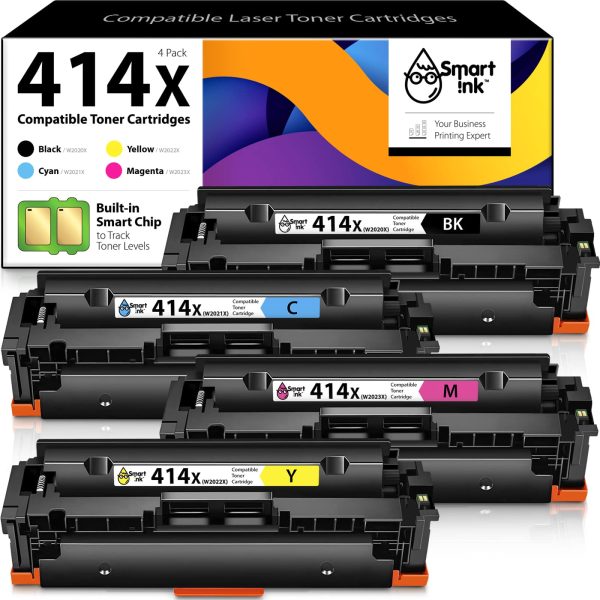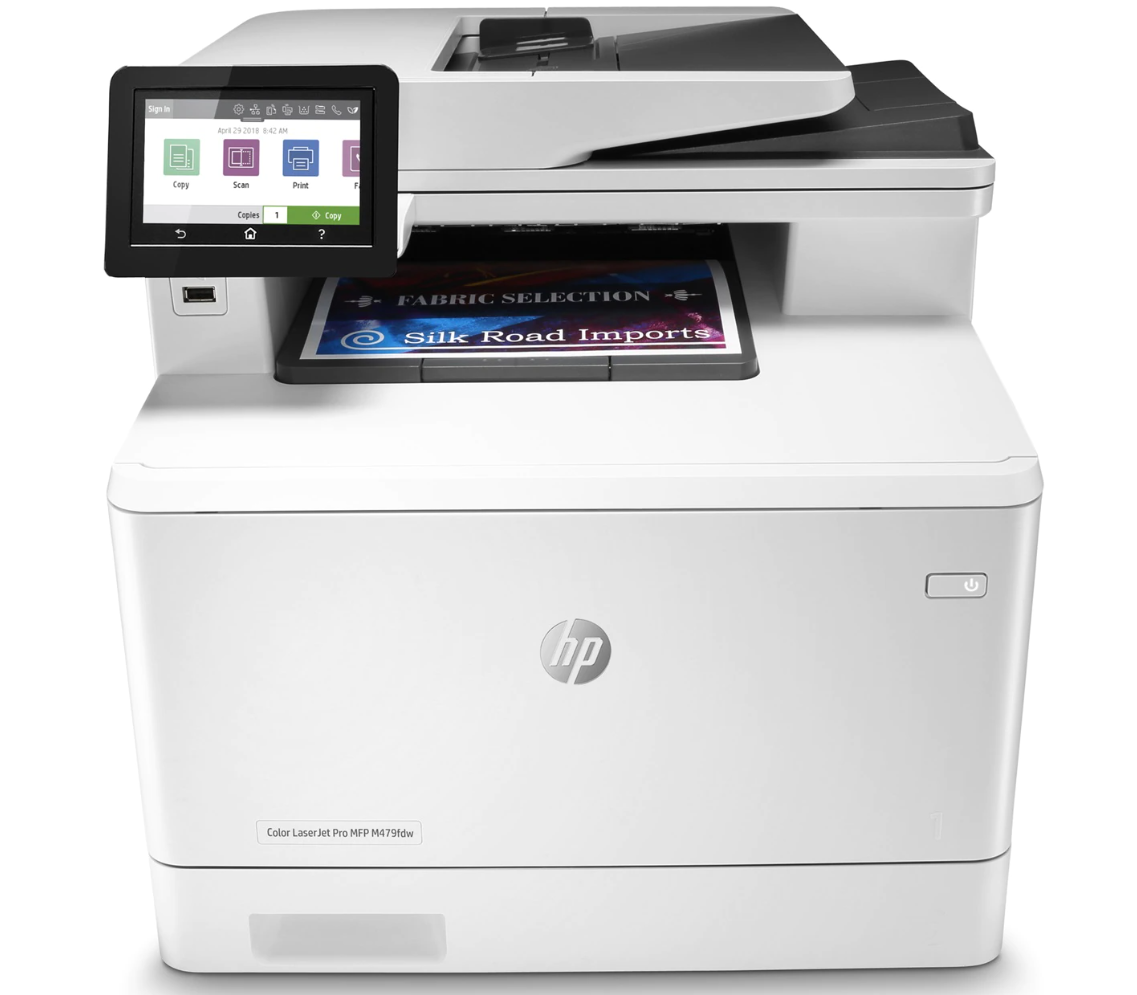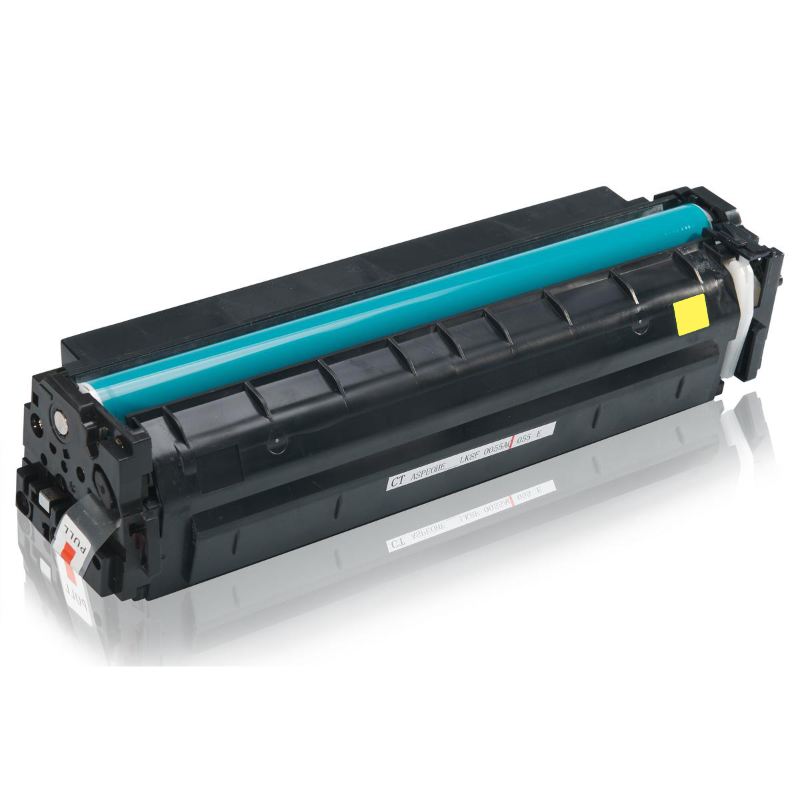Color Laser Jet Pro Mfp M479fdw Ink

In a business landscape increasingly reliant on efficient document management, concerns are mounting over the cost and availability of toner cartridges for the HP Color LaserJet Pro MFP M479fdw. This popular all-in-one printer, favored for its speed and color output, has become a staple in many offices, leading to a corresponding dependence on its consumables.
The issue extends beyond mere expense; it encompasses supply chain vulnerabilities, the proliferation of aftermarket alternatives, and environmental considerations surrounding cartridge disposal. This article delves into the complexities surrounding M479fdw toner, examining its pricing dynamics, market landscape, and the implications for consumers and the environment.
Toner Cartridge Pricing and Availability
The official HP toner cartridges for the M479fdw, namely the 414A and higher-yield 414X series, command a premium price. A set of four genuine cartridges (black, cyan, magenta, yellow) can often exceed the cost of the printer itself, leading businesses to explore alternative options.
Price fluctuations are common, influenced by global events, raw material costs, and shipping delays. Recent geopolitical instability and supply chain disruptions have further exacerbated these price swings, making budget forecasting challenging for businesses.
Availability also varies. During periods of high demand or logistical bottlenecks, specific colors may become scarce, potentially disrupting workflow. Many users reported difficulties in obtaining the cyan cartridge specifically during Q3 and Q4 of 2023.
The Aftermarket Landscape: Compatible and Remanufactured Cartridges
The high cost of genuine HP cartridges has fueled a thriving aftermarket of compatible and remanufactured alternatives. These cartridges, often significantly cheaper, offer a tempting solution for cost-conscious consumers.
However, the quality and reliability of these cartridges can vary widely. While some aftermarket vendors offer products that meet or exceed OEM standards, others may produce cartridges with subpar print quality, shorter lifespans, or even potential printer damage.
HP actively discourages the use of non-genuine cartridges, citing potential risks to printer performance and warranty voidance. Their marketing materials frequently emphasize the superior quality and reliability of genuine HP supplies.
Environmental Considerations and Sustainability
The environmental impact of toner cartridges is a significant concern. Millions of cartridges end up in landfills each year, contributing to plastic waste and potential soil contamination.
“The global production of e-waste, including printer cartridges, is growing at an alarming rate, posing a serious threat to the environment,” stated a recent report by the United Nations Environment Programme (UNEP).
HP offers a recycling program, HP Planet Partners, allowing customers to return used cartridges for proper disposal and recycling. Other companies offer similar services, incentivizing responsible cartridge management.
Remanufactured cartridges represent a more sustainable alternative, reusing existing cartridges and reducing the demand for new materials. Choosing these options can significantly lessen the environmental footprint of printing.
The Impact on Businesses and Consumers
For businesses, the ongoing costs of M479fdw toner can significantly impact operating expenses. Printing budgets need to account for both the initial purchase price and the long-term cost of supplies.
Consumers face a similar dilemma, balancing the desire for high-quality prints with budgetary constraints. The choice between genuine and aftermarket cartridges often involves a trade-off between cost and perceived risk.
The uncertainty surrounding toner availability can also disrupt workflow, requiring businesses to maintain larger inventories or switch to alternative printing solutions.
Looking Ahead: Potential Solutions and Future Trends
The challenges surrounding M479fdw toner are unlikely to disappear soon. However, several potential solutions and trends could mitigate these issues in the future.
HP could explore more competitive pricing strategies, making genuine cartridges more accessible to a wider range of consumers. This might involve tiered pricing models or subscription services offering discounted toner refills.
Technological advancements in printer design could also lead to more efficient toner usage, reducing the overall consumption of cartridges. More sophisticated monitoring systems can also help users optimize their printing habits.
Increased emphasis on sustainability and circular economy principles will likely drive greater adoption of remanufactured cartridges and improved recycling programs, minimizing the environmental impact of printing. Ultimately, a combination of innovative solutions and responsible consumer choices will be necessary to address the challenges surrounding M479fdw toner and ensure sustainable printing practices.
